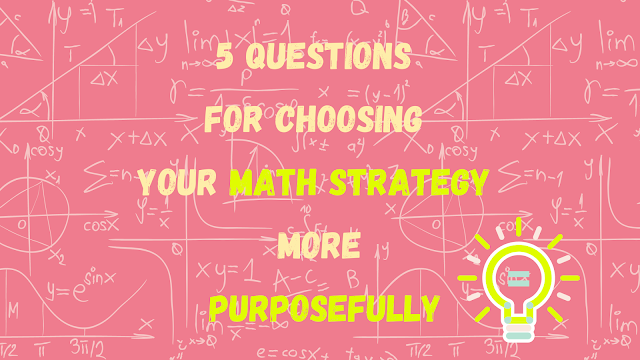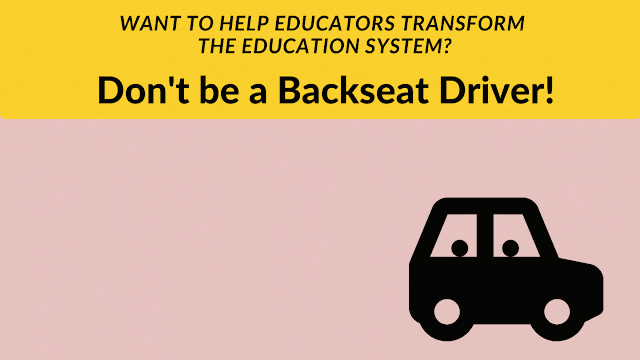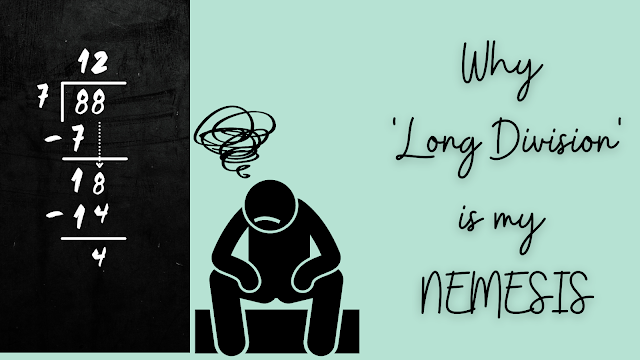5 Questions to help you choose math strategies more purposefully
The Idea: Be thoughtful about which math strategies you use or choose to equip students with. Use these 5 important questions (adapted from Adding it up) to understand what each math purpose each math strategy serves:
- Transparency: Does the strategy help me understand the concept better?
- Efficiency: How productive is the strategy? Does it reduce the time/effort?
- Precision: Does the strategy give you a precise answer or an estimate?
- Clarity: How easy is the strategy to use? Is it easy enough to implement on my own?
- Generality: How transferable is the strategy? Can I apply it to many other situations or will it work just in this one context?
You can use these key questions to help your students choose the most appropriate strategy based on the needs of their problem (for example, does our problem require a precise answer or an estimate? Do we need to break down the problem to understand it better? Do we just need to compute something quickly?)
For the longest time we have been teaching our children to become human calculators. Our focus has been on speed and precision - just getting to the right answer, and getting there fast. In the 21st Century world, this is literally the stuff that computers do best.
Mathematical Thinking is so much more than just getting to the ‘correct answer’. At the core of math is creativity (read A Mathematician's Lament for more on this angle) and problem solving.
While building problem solving skills in our students, it is useful to equip them with a set of tools for problem solving (strategies). Equally important, is teaching them the purpose of each strategy so that they can make good decisions about which ones work best in different contexts. In my experience, most traditional math classrooms teach students procedures for computation (precision) only. There is very little discussion about the many ways to approach the same problem. In our 21st Century world, building mathematical metacognitive skills i.e. thinking about how we think/problem solve is especially important.
Let’s have a look at the 5 questions teachers/ students can ask themselves to understand the purpose of a strategy and how to use it most effectively:
1. Transparency: Does the strategy help me understand the concept better?
Some strategies(or models) promote a better understanding of the concept than others. These are useful when you are trying to simplify a complex problem or understand it better.
For example, a visual representation of a fraction usually allows you to manipulate the fraction while allowing you to make meaning of the number as opposed to the procedural algorithm shown alongside (which is the only way I was taught in school!).
2. Efficiency: How productive is the strategy? Does it reduce the time/effort?
For example, finger counting is a much less efficient strategy (it is slow and you run out of fingers pretty quickly!) than decomposing numbers into 10’s and ones to add mentally. Long division serves neither efficiency nor transparency, read more in my rant on this blog. Another question to explore - when should we introduce mathematical tech tools into classrooms. Learning Algebraic functions with access to a computer to sketch and manipulate equations can open up a whole new (very visual) world for students!
3. Precision: Does the strategy give you a precise answer or an estimate?
I’m not sure we need to teach any strategies solely for precision any more in today’s world. So, it is extremely important to recognize strategies or algorithms that were being taught just for precision (like mastering an algorithm to multiply numbers to the 4th decimal place) in the past and examine whether they still have a place in your classroom today!
4. Clarity: How easy is the strategy to use? Is it easy enough to implement on my own?
Is the process simple enough that it can be recalled and used in the context that it is needed? Is the process straightforward enough to be replicated independently by the user (student)? I have seen teachers break down a fairly logical process into a convoluted series of micro-steps which are easy to follow in the classroom along with the teacher but practically impossible to recall or replicate again independently by the student.
5. Generality: How generalizable/ transferable is the strategy? Can I apply it to many other situations or will it work just in this one context?
Is this a strategy that can be generalized or applied to many different contexts? If yes, it makes it more valuable because you are essentially building first principles. The area model of multiplication is one of my favourites! It serves as a strategy that can be extended meaningfully in so many ways - multiplying larger numbers, foundations for area, fraction multiplication and decimal multiplication. And of course it helps visualize the process of division for all of these too, which sounds obvious given that they are reciprocal processes but the old school column method of multiplication does not help us see this at all.
When you learn to use strategies as mathematical tools, each serving a different purpose, you can be more intentional about what you use and also about what you choose to teach your students!





Comments
Post a Comment